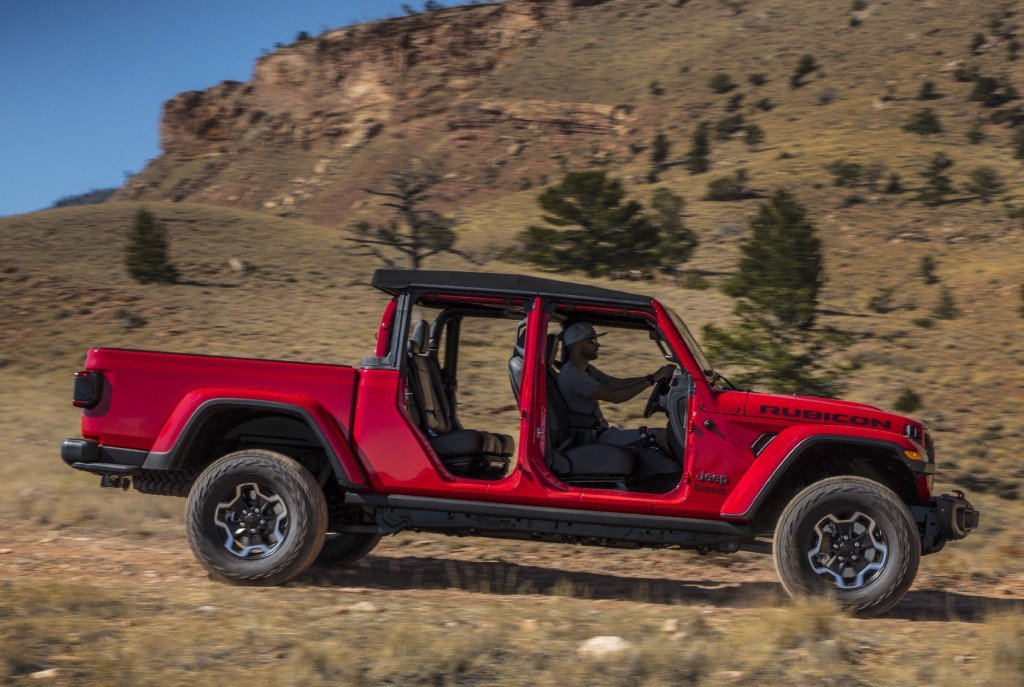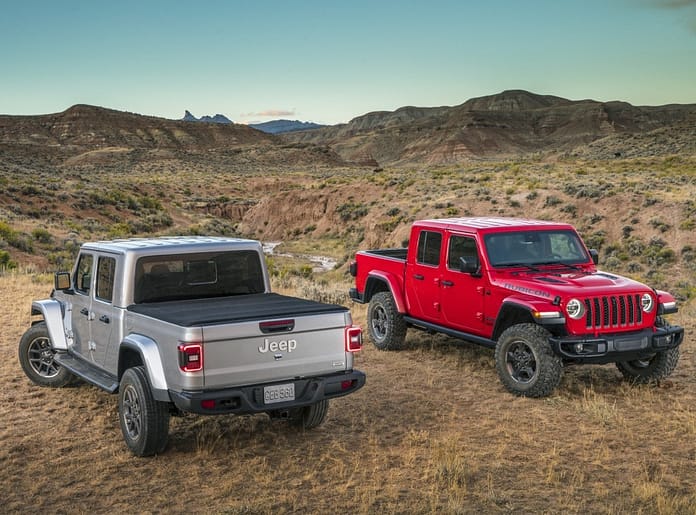Jeep’s production lines have been facing significant disruptions in recent weeks. The Gladiator model, in particular, has been hit with a temporary production pause due to excess inventory. This halt has led to temporary layoffs for an undisclosed number of workers.
Meanwhile, the Wrangler’s production has been impacted by a shortage of parts from an external supplier. The Toledo Assembly Complex, where both models are produced, has been struggling to meet demand for specific trims and configurations.
This, coupled with high prices and broken promises, has contributed to a decline in customer interest. The recent announcement of the 2025 Wrangler Rubicon 392, which offers less equipment than its predecessor, has further disappointed potential buyers who had hoped to purchase a collectible vehicle.
Given the current automotive market, where luxury vehicles are increasingly defined by advanced technology, sophisticated powertrains, and refined interiors, the $99,995 price tag for a body on frame SUV with a traditional V8 engine seems excessive.
When compared to the BMW X5 M60i, which offers a more refined driving experience, advanced features, and a starting price of $90,000, the Wrangler’s pricing becomes even less justifiable.
Furthermore, the M4 Competition xDrive Convertible, priced at $95,300, provides a more engaging driving experience and a more modern design.

In today’s competitive automotive world, consumers expect vehicles to offer a blend of performance, luxury, and value.
While the Wrangler may appeal to a specific niche market, its high price point, coupled with its relatively basic features and traditional design, could limit its appeal to a broader audience.

